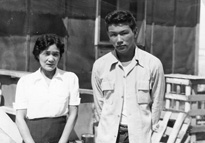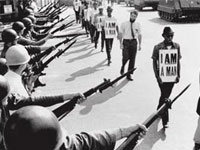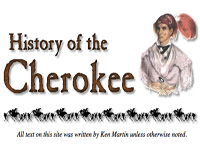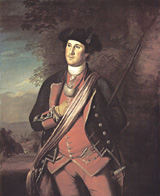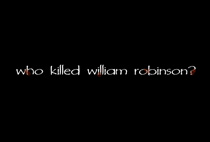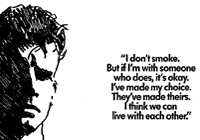Washington County Historical Society, LeMoyne House, and LeMoyne Crematory [Pennsylvania]
Located in the LeMoyne House in Washington, Pennsylvania, the WCHS provides many programs, activities, and services to individuals and groups in the tri-state area. The LeMoyne House is Pennsylvania's first National Historic Landmark of the Underground Railroad. Built in 1812 by John Julius LeMoyne, the house became part of the Underground Railroad under his son, Francis Julius LeMoyne. The society also oversees the LeMoyne Crematory, the first crematory in the United States.
The house offers tours, exhibits, and access to a research library; the crematory offers tours; and the society offers lectures, workshops, conferences, and other educational programs.
